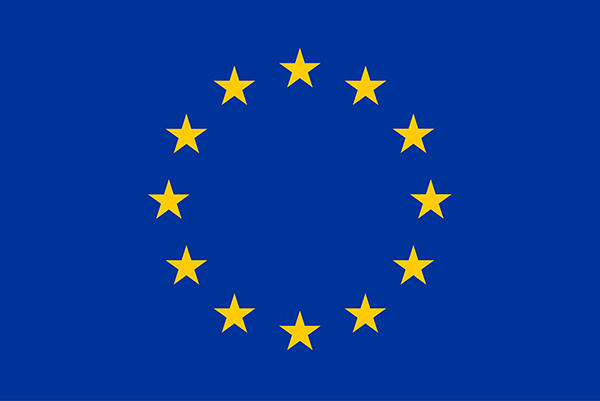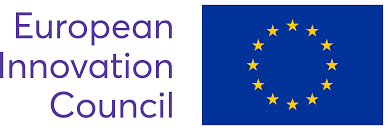The FHARMAVERSO project, developed through a collaboration between Hospital Universitario de Getafe and MetaMedicsVR, is helping children gain confidence in managing their growth hormone therapy. This initiative utilizes technology and teamwork to make self-administration more accessible and engaging for young patients. The vision behind the project was to create a solution that would make a complex medical routine less intimidating and more engaging for children. As the duo mentions, “The program’s major success lies in its creation from the ground up, combining clinical accuracy with high appeal for children.” The goal was to ensure that kids felt capable and confident in managing their own treatments.
The program developed through several key phases. The first, Initial Planning and Research, focused on identifying challenges children face in self-administering growth hormone. The duo said, “We successfully identified where specifically the children struggle in the self-administration process, so we emphasized this learning objective in later phases.” The second phase, Design and Prototyping, focused on developing the platform’s interface and creating engaging characters like a robot teacher and superhero friends. The duo recalled, “We successfully brainstormed that the main concept of the project would be a superhero academy, and the user would obtain trophies and awards throughout the sections, finally transforming from a normal child to a superhero once they learn.” The Content Creation phase involved developing interactive games and educational comics, with the duo sharing, “We successfully agreed upon the specific content to be portrayed and how.” Finally, the Development and Testing phase included platform development and beta testing, with the duo noting, “We successfully have most of the platform developed, tested, and improved,” signaling strong progress.
During the development, several obstacles were encountered, and the duo worked together to address them effectively. One significant challenge was coordinating ideas from two different teams. The solution was to establish regular meetings and communication channels between the teams, ensuring the exchange of ideas and updates. They also adopted an agile development methodology to allow flexibility and make timely adjustments. “Effective collaboration between multidisciplinary teams requires clear communication, defined roles, and flexible project management,” they concluded. Another key challenge was ensuring the content was both clinically accurate and accessible for children. The duo collaborated closely with pharmacists to validate the educational content, ensuring it met clinical standards while being engaging. As they reflected, “Regular consultations with medical experts are essential for maintaining accuracy and credibility.”
Creating an intuitive and engaging interface for children was another obstacle. “Designing an interface that was both engaging and intuitive for children of varying ages and technical abilities” proved to be a challenge. However, the duo conducted user testing with children to gather feedback, making iterative improvements. They learned that “Involving the end-users (children) early in the design process can significantly improve the effectiveness and user-friendliness of the platform.” Finding the right balance between education and entertainment also presented difficulties, but the solution was to integrate educational content into fun interactive elements. “We integrated educational content into interactive games, simulations, and comics, making learning a seamless and enjoyable experience for children.” This approach helped blend education and entertainment, or “edutainment,” which was key to enhancing engagement and retention among young users.
The program engaged with a wide range of stakeholders throughout its development. The duo conducted regular meetings with stakeholders such as the Hospital Clinic de Barcelona and pharmaceutical companies to keep them informed about the program’s progress and gather their feedback. “Stakeholders appreciated the interactive and engaging design of the platform, highlighting how it made learning about growth hormone administration enjoyable for children,” one stakeholder noted. They also received valuable suggestions for content improvement. As one healthcare provider shared, “We received valuable suggestions from healthcare providers on enhancing the educational content, leading to the inclusion of more detailed information on nutrition and sleep in games.” Feedback from beta testers was also crucial. The duo reported, “Feedback from the beta testers identified areas for improving the platform’s usability, such as simplifying navigation and fixing bugs, which were immediately solved.” This real-world testing helped refine the platform’s design and functionality.
Looking ahead, the duo has outlined several plans for the program. They will pilot the program in both the Hospital Universitario de Getafe and the Hospital Clinic de Barcelona, closely monitoring the implementation process and gathering feedback from healthcare providers, children, and parents. As the duo explained, “We will closely monitor the implementation process, gather data, and collect feedback from healthcare providers, children, and parents.” The program will also be expanded to a larger user base to validate its effectiveness on a broader scale. Additionally, the duo plans to integrate advanced features like AI technology to provide real-time feedback on whether the treatment has been administered correctly, as they highlighted: “We plan to integrate AI technology to recognize in real-time whether the treatment has been administered correctly.” The goal is to enhance the program’s functionality and make it even more personalized for the children using it.
The program’s impact on the community has been significant, especially in empowering children to become more independent in managing their treatment. The duo remarked, “The program empowers children by teaching them how to self-administer growth hormone injections confidently and correctly, promoting independence and self-reliance.” This not only boosts children’s confidence but also reduces the burden on parents. “With children gaining confidence in managing their treatment, parents experience less stress and burden, freeing up time and reducing anxiety associated with constant supervision,” the duo explained. Furthermore, healthcare providers benefit from the program by having a more engaged patient population, which leads to more efficient resource allocation and better overall care.
The program has also had a positive impact on the institutions involved. “Partnering with renowned institutions like Hospital Universitario de Getafe, Hospital Clinic de Barcelona, and Hospital Ramon y Cajal boosts MetaMedicsVR‘s reputation as a trusted provider of innovative healthcare solutions,” the duo observed. This collaboration has led to an expanded market reach, with positive feedback from pilot programs increasing adoption in other hospitals. The duo hopes to expand the program to other treatment areas, which will create new opportunities for the organization. As they explained, “Expanding the program to other treatment categories opens up new markets and opportunities for MetaMedicsVR, increasing its product portfolio and customer base.”
The duo also has advice for other organizations aiming to implement similar innovation procurement strategies. As they suggested, “Engage stakeholders early: Involve all relevant stakeholders—including healthcare providers, patients, and technology partners—from the early stages of development. Their insights and feedback are crucial for tailoring solutions to real-world needs.” They also emphasized the importance of collaboration and iterative development. “Solutions that prioritize the needs and experiences of end-users are more likely to achieve high adoption rates and positive outcomes,” they concluded.
By focusing on strong partnerships, clinical accuracy, and user-centered design, FHARMAVERSO has set a new standard for how technology can support children in managing their medical treatments, ensuring both their safety and engagement.




